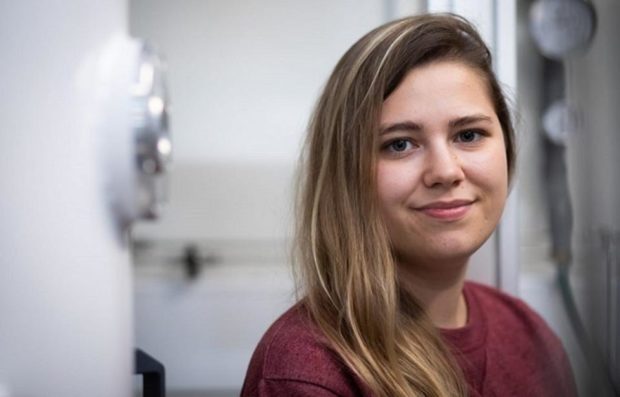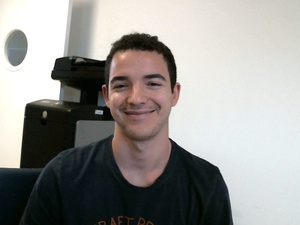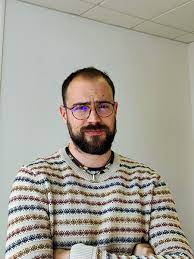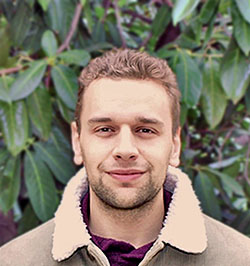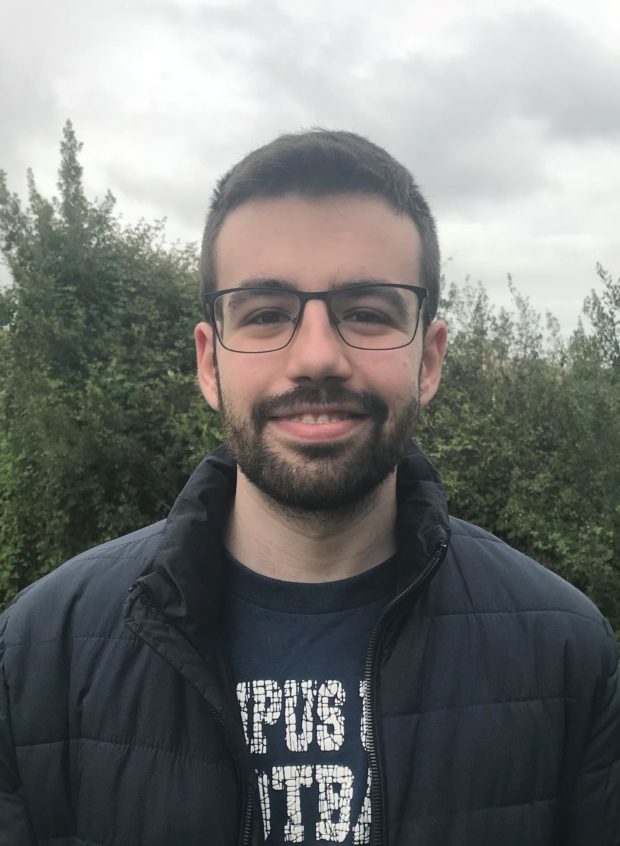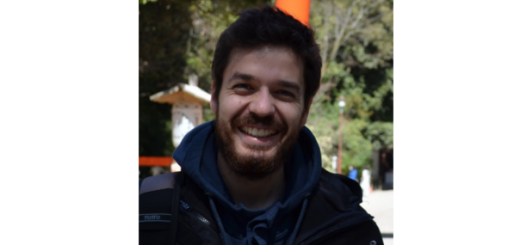Online Seminar #9: Spin qubits in quantum dots
Virginia N. Ciriano Tejel (Quantum motion) Silicon has become one of the leading platforms for quantum computation, having demonstrated qubits with long coherence times and high fidelity operations. Moreover, the similarities between silicon quantum dots and transistors give hope for mass production of qubits easily integrable with control electronics. This seminar will go over the…

